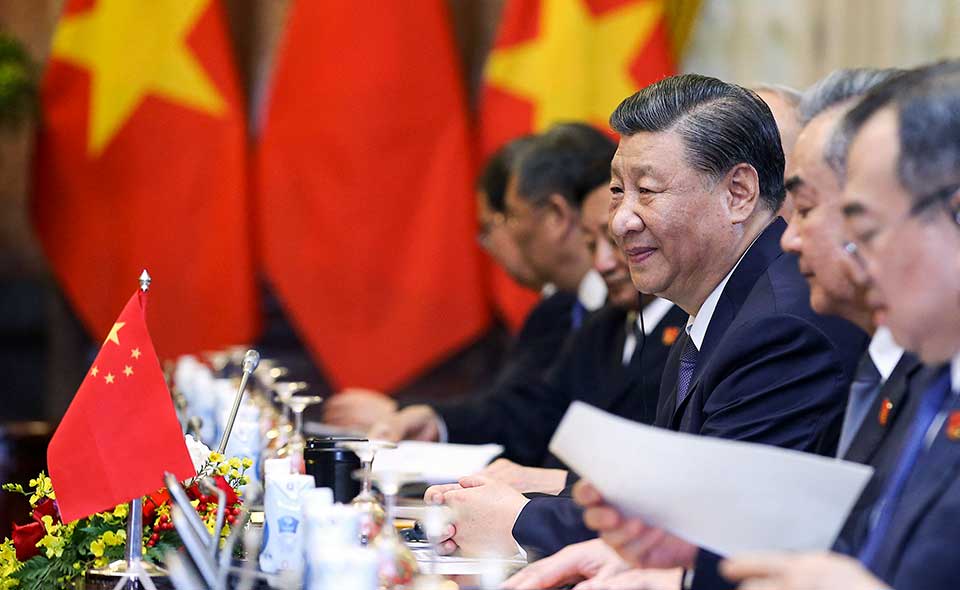
China’s economic statecraft across the developing world continues to receive global media attention. From the infamous and largely debunked “debt trap” to China’s future as a development financier, the country’s lending practices have primarily been connected to its record-breaking economic growth in the past.
And yet, some have also pointed to Chinese discourse power (话语权), especially in the context of Beijing’s attempt to amplify its own version of the “China story” and convince developing countries of its claim to international leadership.
One of the main narratives in this context has been the “China model”, which has gained traction among scholars and practitioners for decades. In the context of China’s current economic slowdown and strategic competition with the US, recent discussions are investigating how attractive the “China model” continues to be with developing countries.
Scholars have detected several “stories” about the “China model” over the years. These stories can be roughly summarised with the argument that developing countries can achieve the same levels of socio-economic transformation China has experienced since the 1990s if they follow China’s lead.
Numerous versions of this story have emerged, adapting its core tenet to different contexts and channels. For example, since China declared winning the war against domestic poverty, stories about the China model identified the country’s anti-poverty drive as the example to follow.
In March 2021, for instance, Chinese ambassador to Sudan Ma Xinmin 马新民 authored a newspaper article on “Sudanese Voice”, stressing that China’s global poverty alleviation model is unique (e.g., “poverty alleviation with Chinese characteristics”) and that the country is ready to offer others this unique expertise (e.g., “share with other countries its experience”).
This discourse thus legitimizes China’s economic footprint by offering counterarguments to Western framings of China’s predatory economic practices by emphasizing some of the core concerns of developing countries. In this sense, Chinese rhetoric constructed a rationale for China’s engagement with local economies in the Global South.
However, such overreliance on the country’s domestic economic performance also bears risks. China’s economic fluctuations and slowdowns may undermine the effectiveness of the “China model” rhetoric in the eyes of countries in the Global South. Indeed, even if China’s economic activities, such as lending, trade, and investment, remain stable, the corresponding success story may well lose traction and become contested.
A 2023 study by political scientist John Ishiyama, for instance, puts into question the extent to which “the attraction of China as an example to emulate resonates with the broader [African] population.” Indeed, Ishiyama builds on what Thomas Ambrosio had argued back in 2012, stating that, at the end of the day, the content of the China model would always remain in “the eye of the beholder.”
Precisely for this reason, when analyzing the country’s economic statecraft, the “immaterial” dimensions of the “China model” and its strengths and shortcomings should also be considered.
While the “debt trap” narrative has proven largely unsuccessful in convincing the Global South of the West as an alternative economic partner, a weakening of the “China model” may well re-open spaces to alternative economic powers and narratives.
Giulia Sciorati is an LSE Fellow in China and the Global South in the Department of International Relations at LSE







